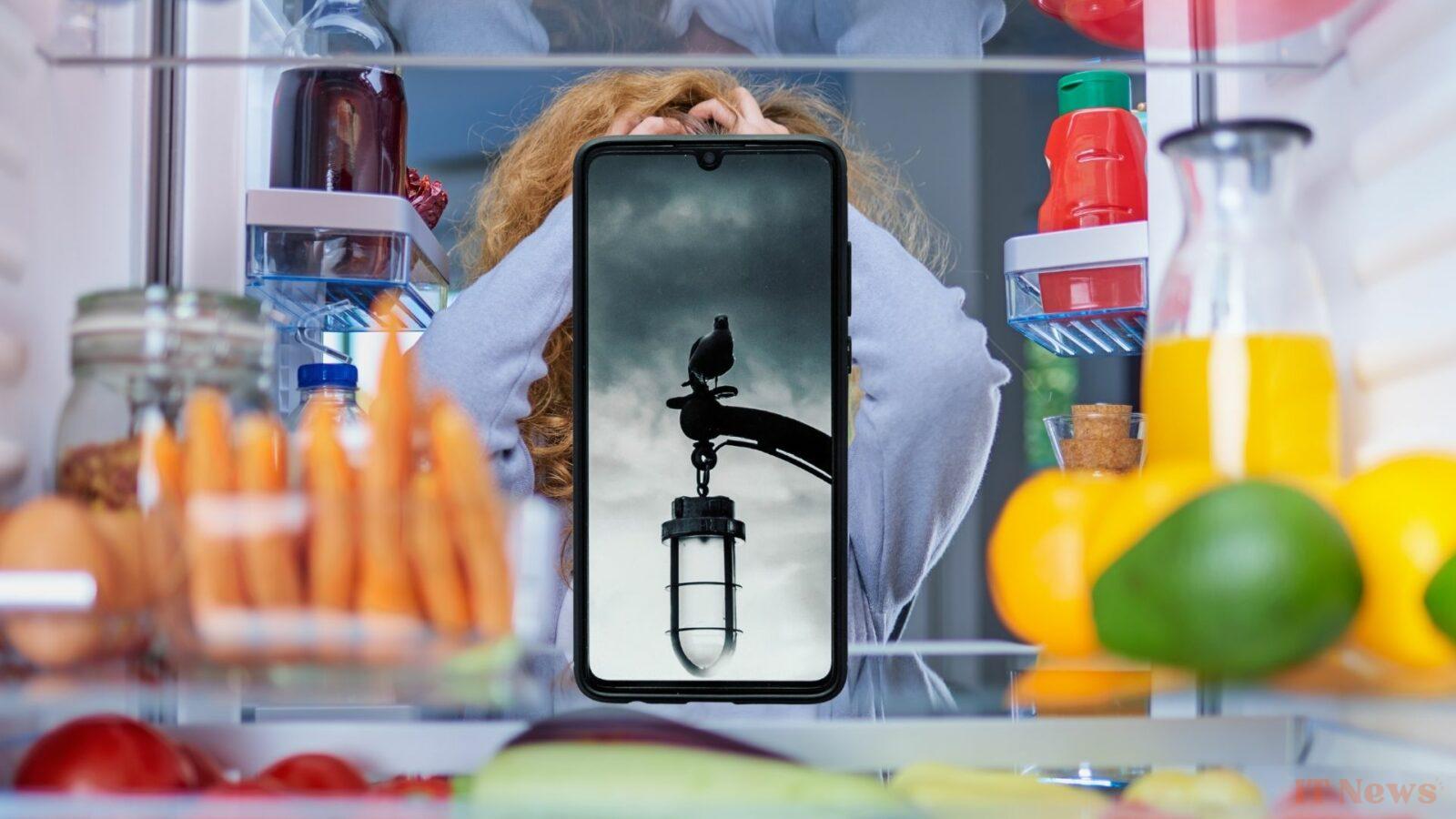Smartphones are designed to operate between 0 and 35°C. Beyond that, the battery drains faster, the phone slows down, and some models even refuse to recharge to avoid overheating. Internal components, especially the lithium-ion battery, don't like extremes, and with the upcoming heatwave, high temperatures can accelerate wear and tear and cause major malfunctions.
The fridge: a cure worse than the disease
Faced with a burning smartphone, the temptation to quickly pop it in the fridge can be great. Bad idea! The main danger lies in thermal shock: suddenly moving from a hot environment to a cold one can damage the battery, crack the screen or case, and especially cause condensation inside the device. Even IPX7 models and above are not designed to withstand internal humidity. Result: Water can seep into the circuits, oxidize the components, and render the phone permanently unusable.
In summary
Lithium-ion batteries operate through chemical reactions that slow down significantly in cold weather. Exposing your smartphone to extremely low temperatures is therefore not recommended. In the event of a heatwave, the thermal shock caused by the sudden change can also permanently impair the device's capabilities by creating internal condensation and premature oxidation.
What actions should you take?
To protect your smartphone from heat, prioritize preventive measures. Keep your smartphone in the shade, in a bag or under a towel, especially at the beach or pool. Avoid placing it on hot surfaces like sand or metal and limit the use of power-hungry apps by disabling unnecessary functions. Regarding charging, avoid charging during the day, in favor of nighttime, with its milder temperatures. Don't leave your device plugged in more than necessary, or it will quickly overheat.



0 Comments